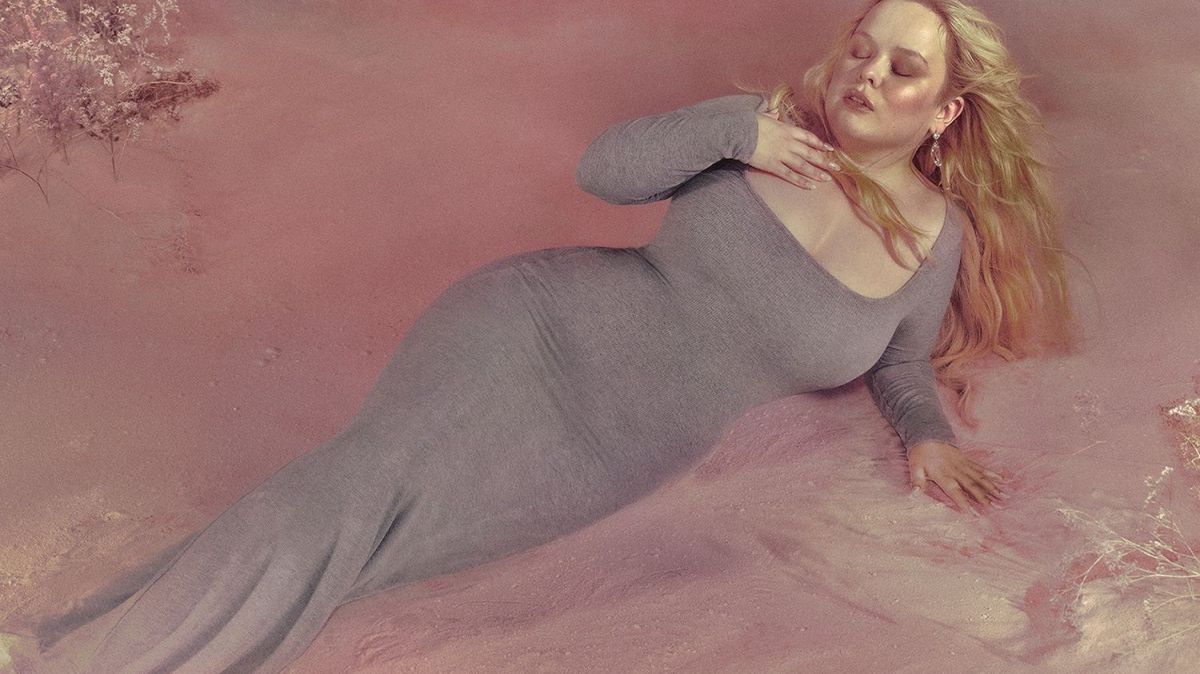According to a recent CSO research, the nation's forestry and woodland cover has grown by 80,000 hectares, totalling 760,000 hectares, and the entire forestry asset is capable of storing 323 million tonnes of carbon.
Based on the data, mixed forests grew by 20% throughout the time, while coniferous forests which contain species like spruce grew by 9%. Broadleaves saw a growth of 18%.
Leinster has both the highest and lowest percentages of forest cover: Co Wicklow had 20% of the county's total cover, while Co Meath had only 3.7%.
Ireland has a tree cover percentage of 11.6% overall, far lower than the 38% average for the EU. In order to achieve 18% cover by 2050, the government has set an annual afforestation target of 8,000 hectares.
Planting has fallen well short of that goal in recent years. Only 1,600 hectares of fresh forest were planted here in 2023.
With better funding and yearly premia being granted under the recently announced Forestry Strategy, it is envisaged that the planting rate in 2024 would approach the goal.
677 hectares of additional forest planting have been licenced in January and February of this year, according to government weekly forestry updates. This is a significant increase over 2023 but a decrease over 2022.
In terms of planting, 154 hectares of forest were planted in the first two months of this year, which is less than the 326 hectares planted in January and February of 2022, but more than the 113 hectares planted in the same period last year.
In the meantime, Ireland has planted 5 million native trees in the previous three and a half years, according to Pippa Hacket, the minister of state in charge of forestry.
The European Green Deal sets out commitments and targets, reinforced in the EU’s Biodiversity and Forest Strategies, for protecting and restoring nature. One of the commitments is the pledge to plant at least 3 billion additional trees in the EU by 2030.









